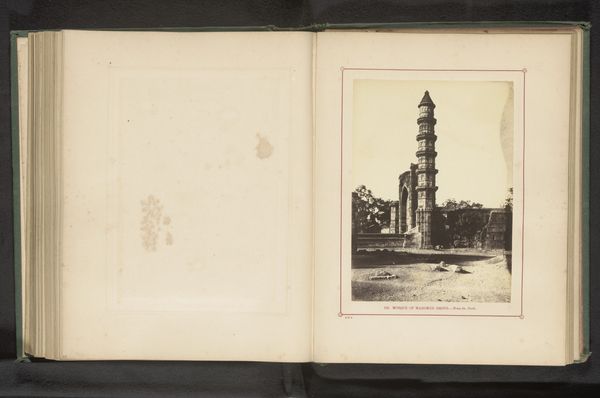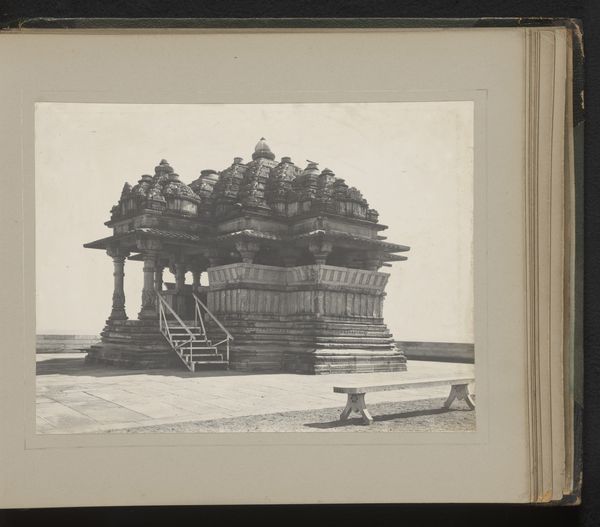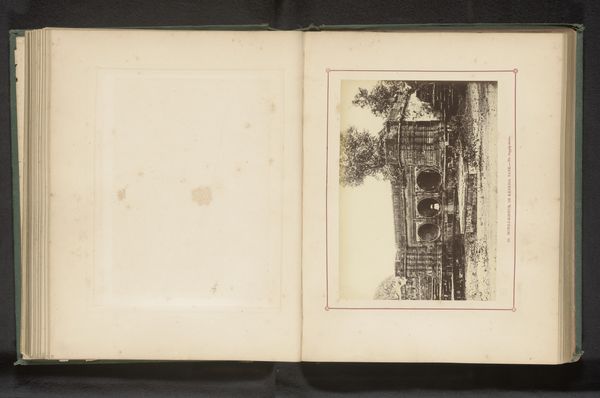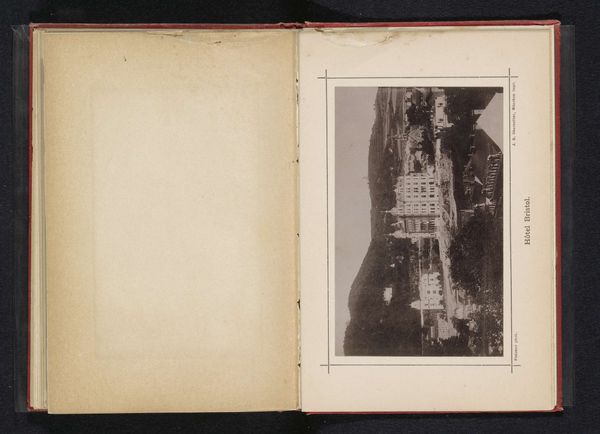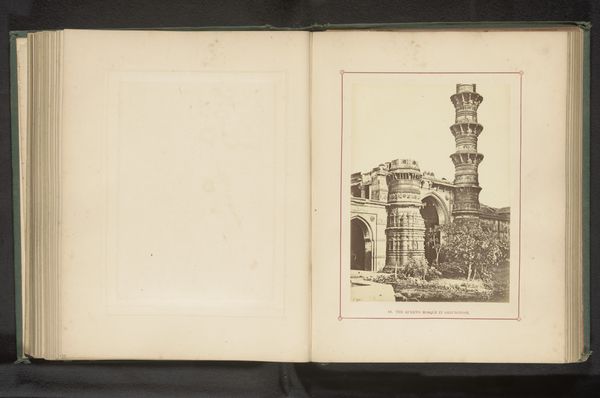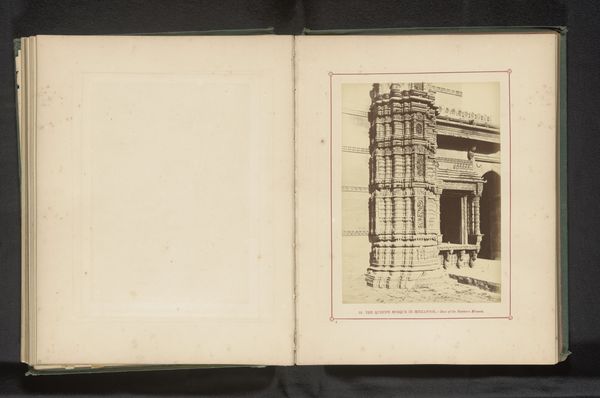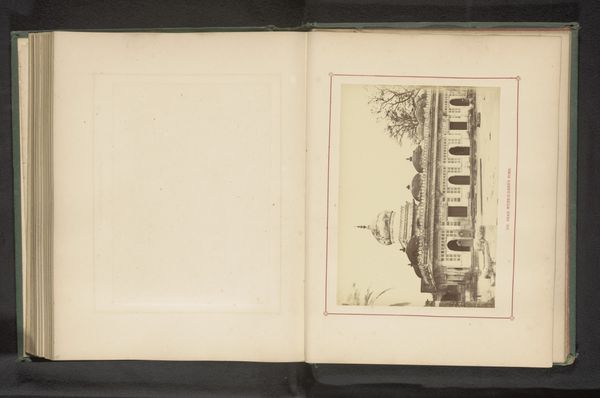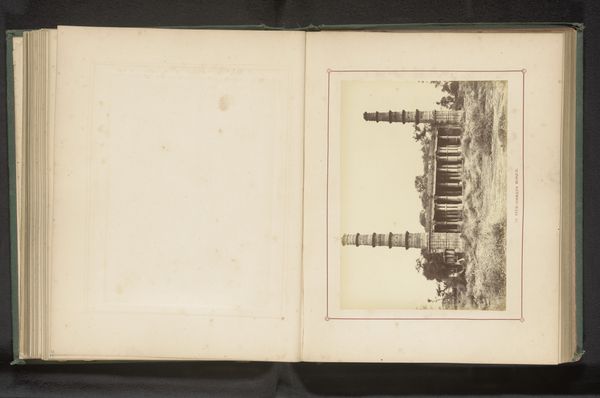
Decoratie van de punt van een minaret van de Muhafiz Khan-moskee in Ahmedabad before 1866
0:00
0:00
print, photography, architecture
# print
#
photography
#
ancient-mediterranean
#
cityscape
#
islamic-art
#
architecture
Dimensions: height 198 mm, width 145 mm
Copyright: Rijks Museum: Open Domain
Editor: This is a photograph entitled "Decoratie van de punt van een minaret van de Muhafiz Khan-moskee in Ahmedabad," taken before 1866 by Thomas Biggs. It features detailed architectural elements. What strikes me is how solid it looks, despite the incredibly ornate carvings. What do you make of it? Curator: It's interesting that you say it feels solid. To me, the photographic image captures not just the stone itself but also the enduring cultural memory embedded within this minaret. Consider its form, rising skyward. Do you think that this reaching gesture is a purely decorative feature or symbolic, too? Editor: I suppose it suggests a reaching toward something…spiritual? Curator: Precisely! Minarets historically act as a visual call to prayer, reminding the viewer, regardless of their faith, of a communal connection to something greater than themselves. The intricate decorations, almost dizzying in detail, also suggest a rich inner world of faith. The stone, static, immovable—becomes a visual representation of spiritual ascension. Editor: So, the symbols are kind of doing double duty: architectural and spiritual? Curator: Indeed. The visual language becomes a bridge between the earthly and the divine. Do you think photography adds to the cultural significance of the work? Editor: I think it does. Photography, as a mode of documentation, offers a new lens. It captures cultural treasures, creating lasting visual records. Curator: A compelling perspective. It allows for wider access, preserving these intricate symbolic narratives for future generations. The photograph becomes its own symbol of cultural continuity. Editor: I didn’t expect a single image to hold so many layers of meaning! Thanks for pointing those out. Curator: It’s these layers that connect us to history, memory, and the power of symbolic imagery.
Comments
No comments
Be the first to comment and join the conversation on the ultimate creative platform.
